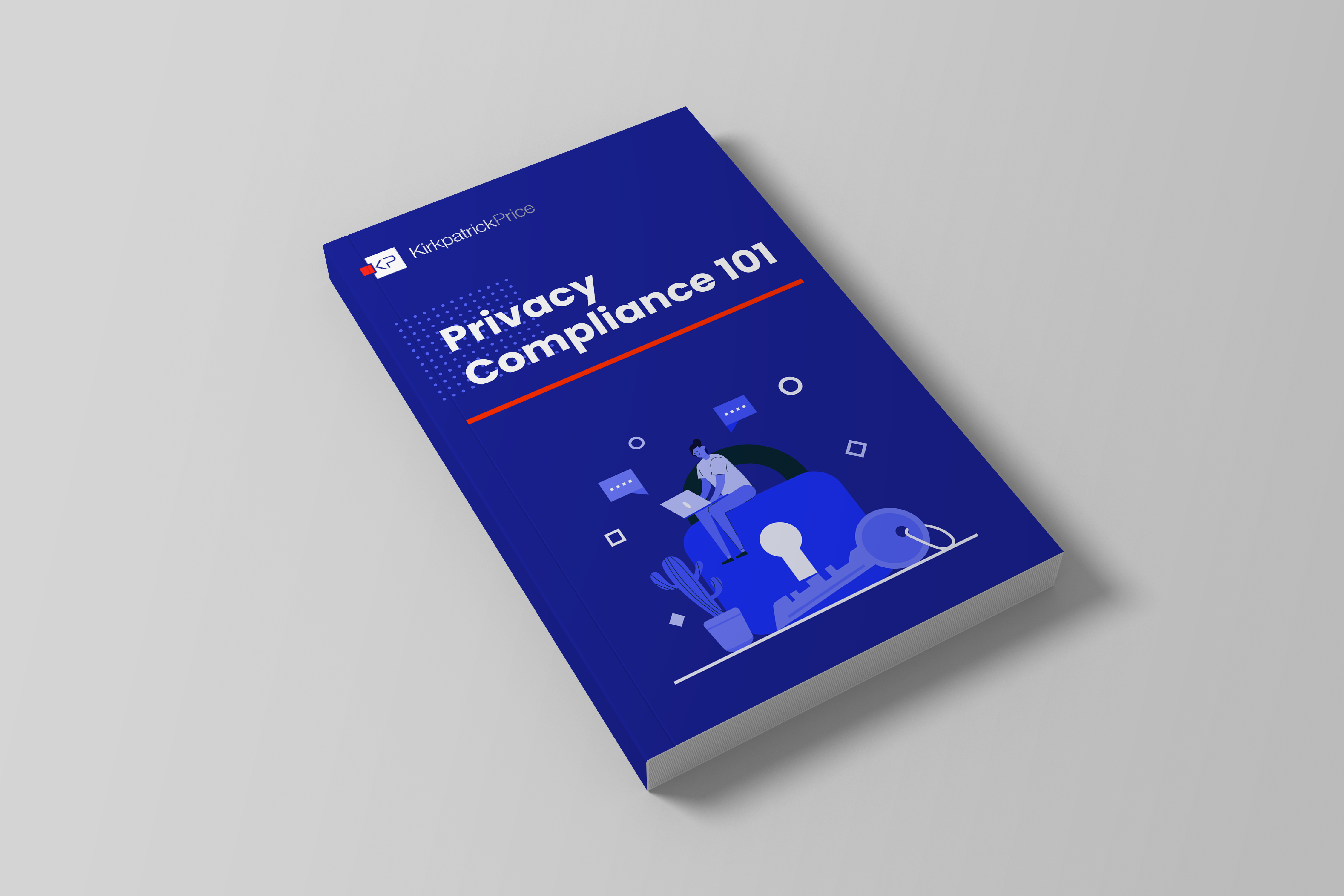
Independent Audit Verifies Inovatec Systems Internal Controls and Processes
Burnaby, BC – Inovatec, a cloud-based software solutions provider, today announced that it has completed its SOC 1 Type II and SOC 2 Type II audits. These attestations demonstrate Inovatec’s unwavering commitment to high-quality service for its clients by ensuring necessary internal controls and processes are in place.
KirkpatrickPrice, a licensed CPA firm, performed the audit and appropriate testing of Inovatec’s controls that may affect its clients’ financial statements. SOC 1 Type II is a report on the controls at a service organization that was established by the American Institute of Certified Public Accountants (AICPA). This report follows the SSAE 18 auditing standards and focuses on the controls of a service organization that are relevant to an audit of a user entity’s financial statements. The standard demonstrates that an organization has adequate controls and processes in place. The SOC 1 Type II audit report includes Inovatec’s description of controls as well as the detailed testing of its controls over a minimum six-month period.
SOC 2 engagements are based on the AICPA’s Trust Services Criteria. The SOC 2 service auditor report focuses on a service organization’s non-financial reporting controls as they relate to security, availability, processing integrity, confidentiality and privacy of a system. KirkpatrickPrice’s service auditor report verifies the suitability of the design and operating effectiveness of Inovatec’s controls to meet the standards for these criteria.
“The successful completion of our SOC 1/2 Type II examination audits provides our clients with the assurance that the controls and safeguards we employ to protect and secure their data are in line with industry standards and best practices,” said Christian Reina, CISSP, CISM, CRISC, CISA, Information Security Officer at Inovatec.
“Many of Inovatec’s clients rely on them to protect consumer information,” said Joseph Kirkpatrick, President of KirkpatrickPrice. “As a result, Inovatec has implemented best practice controls demanded by their customers to address information security and compliance risks. Our third-party opinion validates these controls and the tests we perform provide assurance regarding the managed solutions provided by Inovatec.”
About Inovatec
Inovatec Systems provides industry leading, cloud-based software solutions for any financial institution, any type of transaction. All solutions can be brought together in a single seamless and branded platform that can be opened to external partners and customers. Capture any marketplace – Full, robust ecosystem to drive the online customer/lead to you, streamline and facilitate the processes of crediting, auditing, funding and income verification for financing applications plus full servicing & portfolio analytics in the leading-edge LMS.




